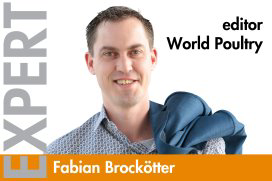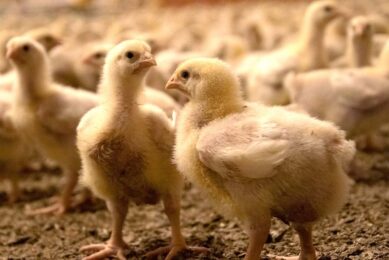The paradox of slow-growing broilers

Progress in broiler genetics, improvements in management skills and knowledge of feed and feed additives have given the poultry meat industry the necessary tools to produce meat very efficiently. However, this progress comes at a price.
Only a few decades ago it took 51 days for a broiler to reach its target weight of about 2.2 kilos. Nowadays that can easily be reached within 40 days and it is expected that, by the year 2020, it will take only 32 days. That is the efficiency needed to meet the world’s growing demand for food.
However, this progress comes at a price. In managing top ‘athletes’ performing at the height of their abilities, there is no room for errors. If these errors occur – poor biosecurity, antibiotic usage and too little focus on animal welfare – they can wreak havoc on the image of the poultry sector. In some countries, market demand for slow-growing broilers is on the rise, mainly driven by the damaged image that conventional production has in the eyes of the consumer.
The paradox here is that, on one hand, the industry strives to produce as much as possible to cope with the world’s demand while, on the other, it can be a far more interesting proposition for an individual producer to produce with the proverbial handbrake on. About 42 grams of average daily growth and a slaughter age of 56 days seems like a leap back in time. It even requires a special kind of genetics. But at good price levels and consumer acceptance it will be far more than a niche market.
Join 31,000+ subscribers
Subscribe to our newsletter to stay updated about all the need-to-know content in the poultry sector, three times a week. Beheer
Beheer








 WP Admin
WP Admin  Bewerk bericht
Bewerk bericht